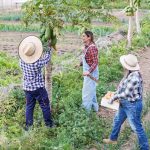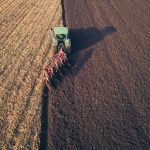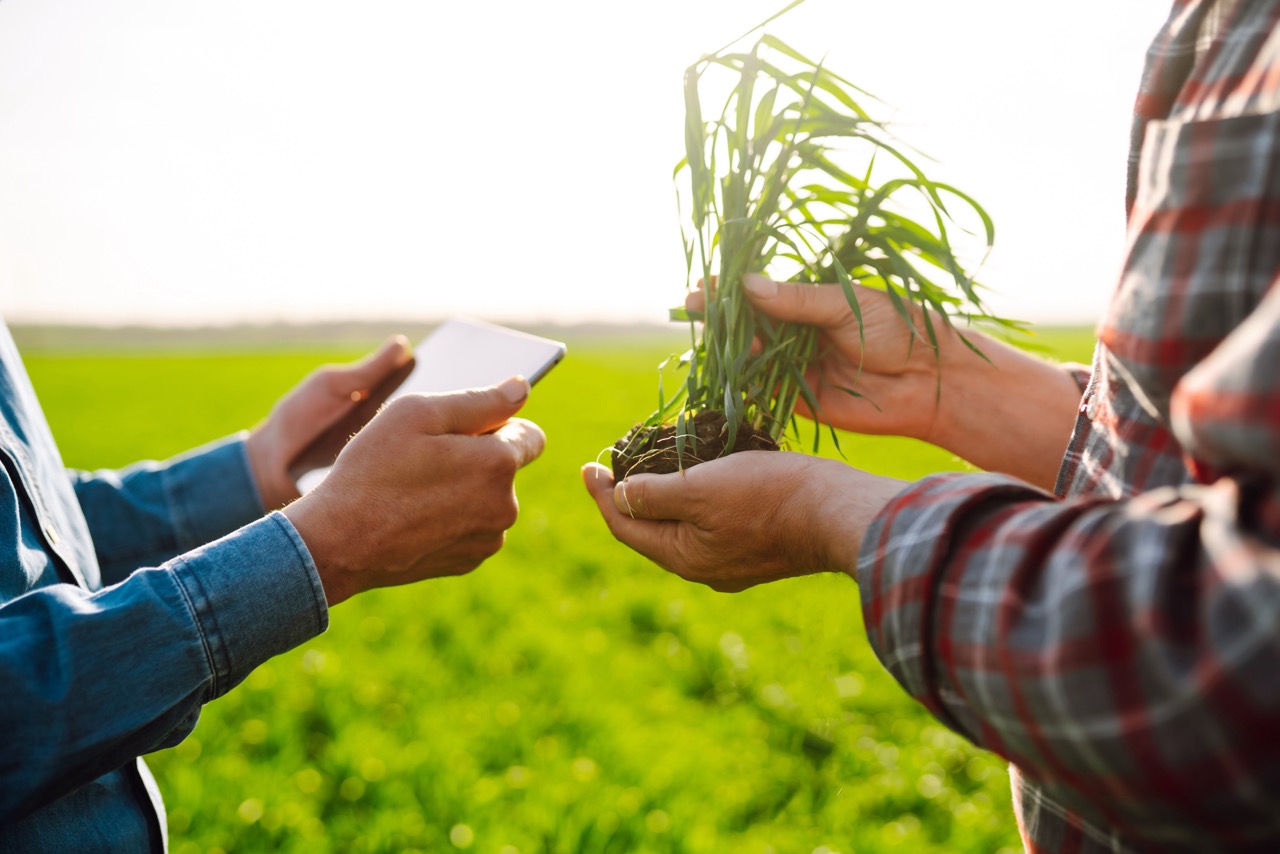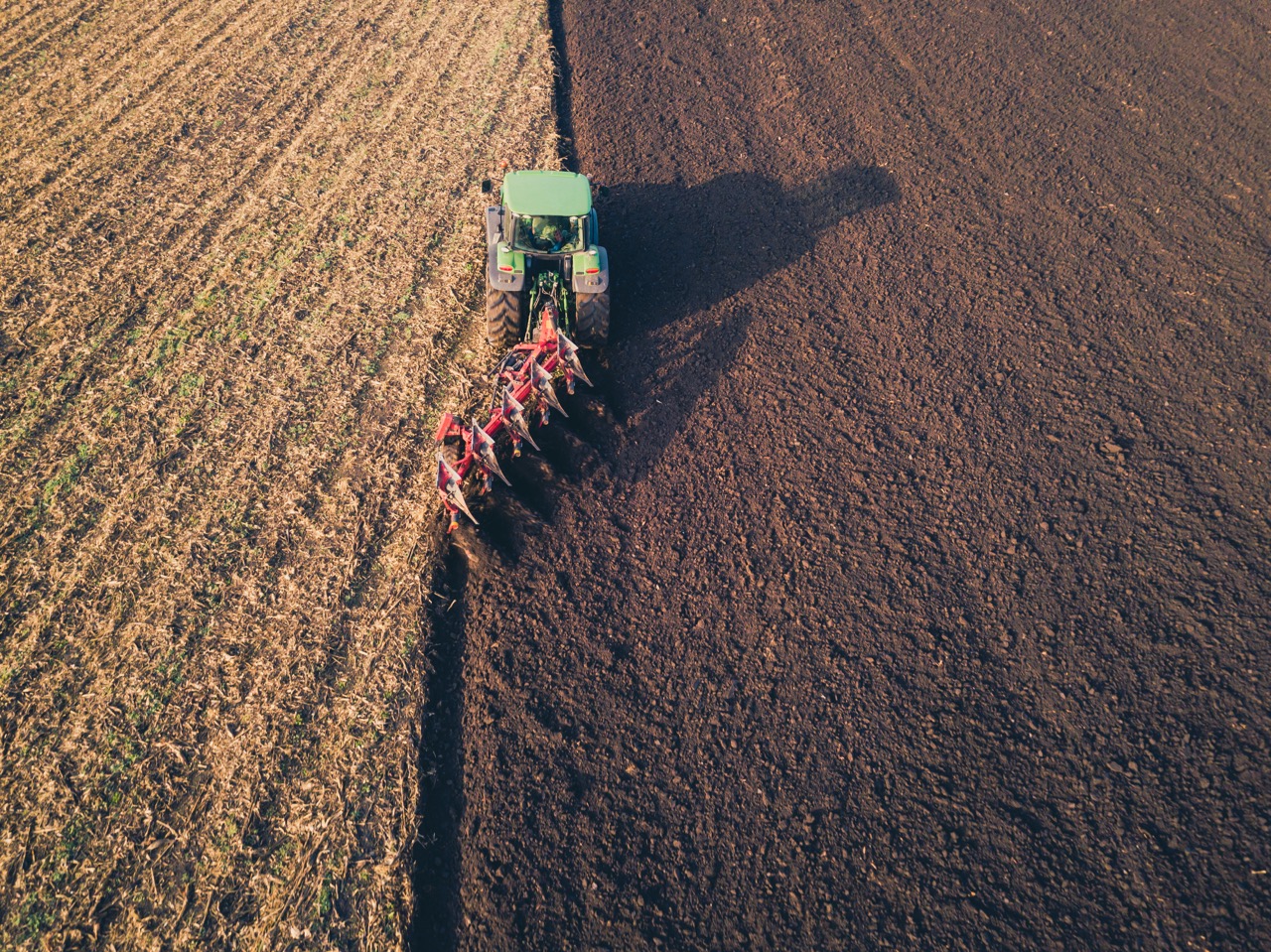Sharecropping, often viewed through a historical lens of exploitation and inequality, has emerged as a pivotal practice in contemporary discussions about agricultural sustainability. This innovative land-use arrangement allows landowners to rent out land to farmers, who in return, share a portion of the crop yield. This system not only supports local economies but also promotes sustainable agricultural practices that can help mitigate the impacts of climate change. This article delves into the multifaceted role of sharecropping, its historical evolution, economic benefits for local food systems, and its environmental implications.
Understanding the Role of Sharecropping in Agriculture
Sharecropping serves as a crucial mechanism for producing food while providing opportunities for farmers who may lack access to land ownership. By allowing individuals to cultivate land they do not own, sharecropping fosters an inclusive agricultural economy that enables small-scale farmers to contribute meaningfully to food production. This practice can create a more resilient agricultural landscape, as it promotes diversity in crops and farming methods, which are essential for a sustainable food system.
Furthermore, sharecropping encourages collaboration among farmers. Through shared labor and resources, farmers can exchange knowledge and techniques that enhance productivity and sustainability. This cooperative spirit fosters a sense of community and belonging, which can lead to increased investment in local agricultural practices and a healthier ecosystem. By pooling resources, sharecroppers can also better adapt to market fluctuations and climate-related challenges.
Lastly, sharecropping often emphasizes the need for innovative agricultural practices. As farmers seek to improve their yields and maximize profits, they may adopt sustainable techniques such as crop rotation, agroforestry, and organic farming. These practices not only help in maintaining soil health but also contribute to the long-term viability of the agricultural sector, ensuring food security for future generations.
Historical Context: Sharecropping’s Evolution Over Time
The roots of sharecropping can be traced back to the post-Civil War era in the United States when landowners sought ways to maintain agricultural productivity without the use of enslaved labor. This system allowed former enslaved individuals to work the land while providing landowners with an workforce. Over time, sharecropping became synonymous with economic hardship, particularly in the Southern United States, as exploitative contracts often left farmers in a cycle of debt and poverty.
Despite its troubled history, sharecropping has evolved and adapted to changing societal needs. In many parts of the world, particularly in developing countries, sharecropping has become a vital means of land access for marginalized communities. Modern iterations of sharecropping embrace fairer contracts and improved rights for farmers, allowing them to engage in sustainable practices without fear of exploitation. This shift has spurred renewed interest in sharecropping as a mechanism for fostering social equity and agricultural sustainability.
Moreover, the rise of global interest in sustainable agriculture has reshaped perceptions of sharecropping. As communities work towards reducing their environmental impact and enhancing food security, the flexibility and adaptability of sharecropping systems have made them appealing for promoting sustainable farming initiatives. Sharecropping can now be seen as a progressive model that holds the potential to reshape agricultural practices in a more environmentally responsible manner.
Economic Benefits: Sharecropping and Local Food Systems
Sharecropping plays a significant role in stimulating local economies by promoting food production and creating jobs. By enabling individuals to cultivate land that they would otherwise not have access to, sharecropping can foster entrepreneurship among small-scale farmers. These farmers contribute to local food systems, enhancing food availability and variety in their communities while also generating income through the sale of their crops.
In addition, sharecropping can strengthen local food networks by increasing the availability of fresh, locally sourced produce. This not only bolsters the local economy but also reduces reliance on industrial agriculture and long-distance food transportation, which can have detrimental environmental impacts. As consumers become more conscious of their food sources, sharecropping offers a pathway toward building stronger community ties and supporting local economies.
Moreover, sharecropping can lead to diversified agricultural production, which is essential for economic resilience. By promoting a variety of crops, sharecroppers can adapt to changing market demands and reduce the risks associated with monoculture farming. This diversification approach not only improves economic stability for farmers but also contributes to a more balanced and nutritious food supply for local consumers.
Environmental Impact: Sustainable Practices in Sharecropping
Sustainable agriculture practices are often intrinsic to sharecropping arrangements. When farmers are given the opportunity to cultivate land without the burdens of ownership, they are more likely to employ environmentally friendly techniques that prioritize long-term soil health and biodiversity. Crop rotation, cover cropping, and organic pest management are just a few strategies that sharecroppers often adopt to maintain the ecosystem’s equilibrium.
Additionally, sharecropping systems can promote agroecological practices, which integrate ecological principles into farming. This approach encourages the use of local resources, enhances resilience to climate change, and minimizes the reliance on synthetic fertilizers and pesticides. Sharecroppers, motivated by the need to protect the land they cultivate, often become stewards of their environment, leading to improved soil quality and reduced erosion rates.
Furthermore, the potential for carbon sequestration through sustainable sharecropping practices is significant. By implementing agroforestry and other regenerative practices, sharecroppers can contribute to mitigating climate change. As agricultural areas sequester more carbon, the overall greenhouse gas emissions associated with food production decrease, highlighting sharecropping as a viable avenue for fostering both agricultural productivity and environmental sustainability.
In conclusion, sharecropping has the potential to play a transformative role in contemporary agriculture, promoting sustainability and resilience amid evolving economic and environmental challenges. By understanding its historical context, recognizing the economic benefits for local food systems, and embracing sustainable practices, sharecropping can emerge as a powerful tool for fostering a more equitable and environmentally friendly agricultural landscape. As communities continue to seek solutions to food insecurity and climate change, sharecropping stands out as a promising model that not only supports farmers but also nurtures the land they cultivate.









